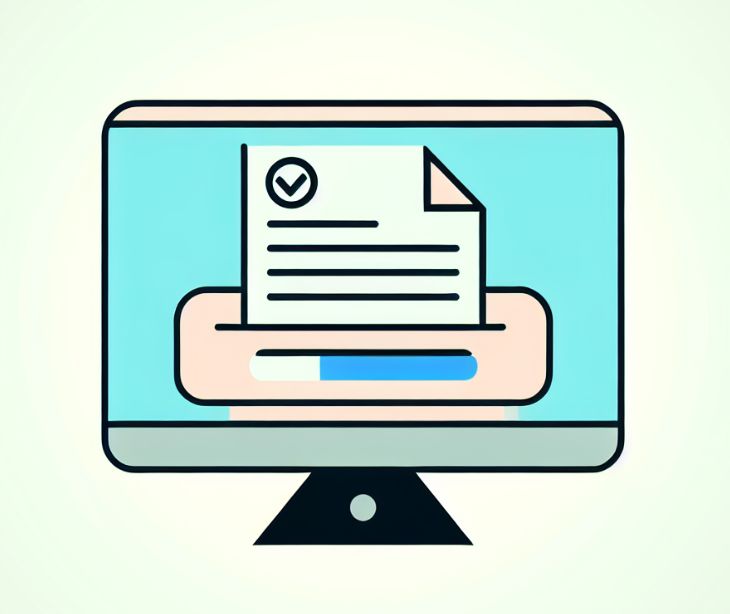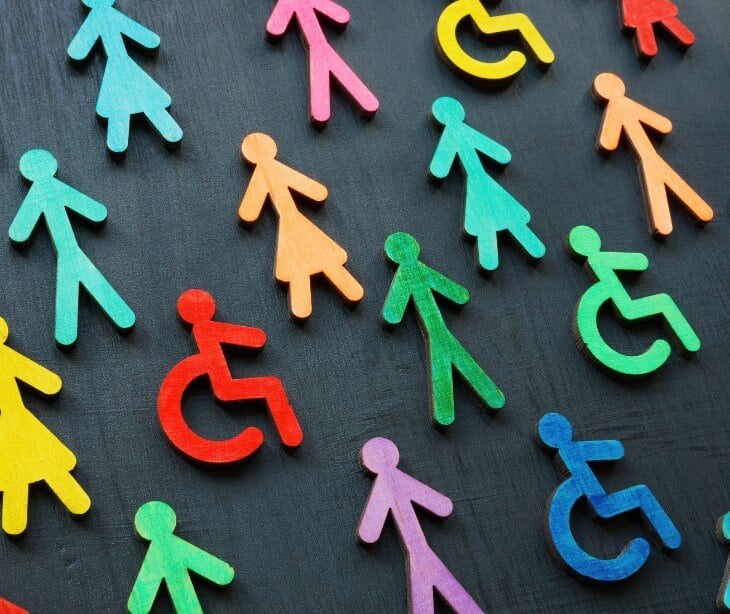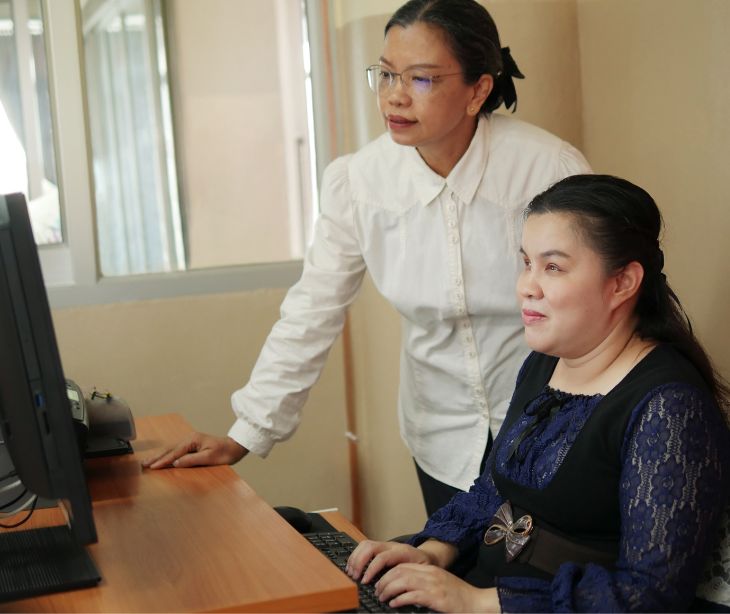3 min read
How can healthcare providers ensure email communication is accessible?
Tshedimoso Makhene
April 29, 2024

Ensuring that email communication is accessible to all patients is essential for healthcare providers to meet the diverse needs of their patient population.
Importance of ensuring accessible email communication
Ensuring accessible email communication in healthcare is paramount for fostering inclusivity and improving patient outcomes. According to the World Health Organization (WHO), about 13 billion (16%) of the global population lives with some form of disability, highlighting the significant portion of patients who may require accommodations to access digital content. In the United States alone, the Centers for Disease Control and Prevention (CDC) reports that approximately 1 in 4 (27%) of adults live with a disability.
Accessibility ensures that all patients, regardless of their abilities or disabilities, have equal access to important healthcare information, thereby empowering them to actively participate in their own care. For individuals with visual impairments, hearing impairments, or other disabilities, accessible email communication eliminates barriers to accessing vital healthcare information, appointments, test results, and medication instructions. Moreover, accessible communication fosters trust between healthcare providers and patients, as it demonstrates a commitment to meeting the diverse needs of the patient population. By prioritizing accessibility in email communication, healthcare providers can enhance patient satisfaction, improve health outcomes, and ultimately promote a more equitable healthcare system.
Accessible email communication not only enhances patient engagement and satisfaction but also aligns with legal requirements such as the Americans with Disabilities Act (ADA) and demonstrates a commitment to equitable healthcare delivery.
See also: HIPAA compliance when communicating with patients with disabilities
Ensuring email accessibility
- Use accessible email platforms: Choose email platforms that are compatible with accessibility standards such as Web Content Accessibility Guidelines (WCAG). Platforms that support screen readers, keyboard navigation, and have features for resizing text and adjusting contrast are preferable.
- Create accessible emails: Healthcare providers should craft emails with accessibility in mind. This includes using clear, concise language, avoiding jargon, and providing descriptive text for images. They should also use accessible formatting, such as headings, lists, and proper use of color contrast.
- Provide alternative formats: Offer alternative formats for patients who may have difficulty accessing standard email. This could include providing information in plain text, rich text format (RTF), or accessible PDFs.
- Offer language options: Patients with different language preferences should be accommodated. Healthcare providers can offer email communication in multiple languages to ensure inclusivity.
- Offer support for assistive technologies: Ensure that email communication can be easily accessed using assistive technologies such as screen readers, magnifiers, and voice recognition software. Test emails to ensure compatibility with these tools.
- Include contact information: Include contact information for patients who require additional assistance or have accessibility concerns. This could include a dedicated phone line or email address for accessibility inquiries.
- Seek feedback from patients: Encourage patients to provide feedback on the accessibility of email communication. This feedback can help identify areas for improvement and ensure that the needs of all patients are being met.
- Stay up-to-date on accessibility standards: Healthcare providers should stay informed about evolving accessibility standards and best practices. This includes keeping abreast of updates to WCAG and other relevant guidelines.
Maintaining HIPAA compliance
Ensuring HIPAA compliance in accessible email communication safeguards patient privacy and confidentiality. Healthcare providers must implement measures to protect sensitive health information transmitted via email. This includes using secure email platforms with encryption capabilities to safeguard data both in transit and at rest. Additionally, providers should establish strict access controls and authentication mechanisms to prevent unauthorized access to patient information.
By prioritizing HIPAA compliance in accessible email communication, healthcare providers can uphold patient trust, mitigate risks, and maintain compliance with regulatory requirements.
Related: HIPAA Compliant Email: The Definitive Guide
FAQs
What is HIPAA?
HIPAA is a federal law established to protect sensitive patient health information from being disclosed without the patient's knowledge or consent. It sets national standards for safeguarding personal health data and ensures its confidentiality, integrity, and availability.
What is the Web Content Accessibility Guidelines (WCAG)?
The Web Content Accessibility Guidelines (WCAG) are a set of internationally recognized standards developed to ensure that digital content is accessible to people with disabilities. WCAG provides guidelines and success criteria for making web content perceivable, operable, understandable, and robust for all users, including those with disabilities.
What is the most common disability in the US?
Research suggests that the most common type of disability in the U.S. are ambulatory disabilities, which limit a person's mobility. As of 2021, roughly 4.7% of individuals between the ages of 21 and 64 experienced this type of impairment while approximately thirty percent among those who were aged at least seventy-five years old were affected by it.
Subscribe to Paubox Weekly
Every Friday we'll bring you the most important news from Paubox. Our aim is to make you smarter, faster.



